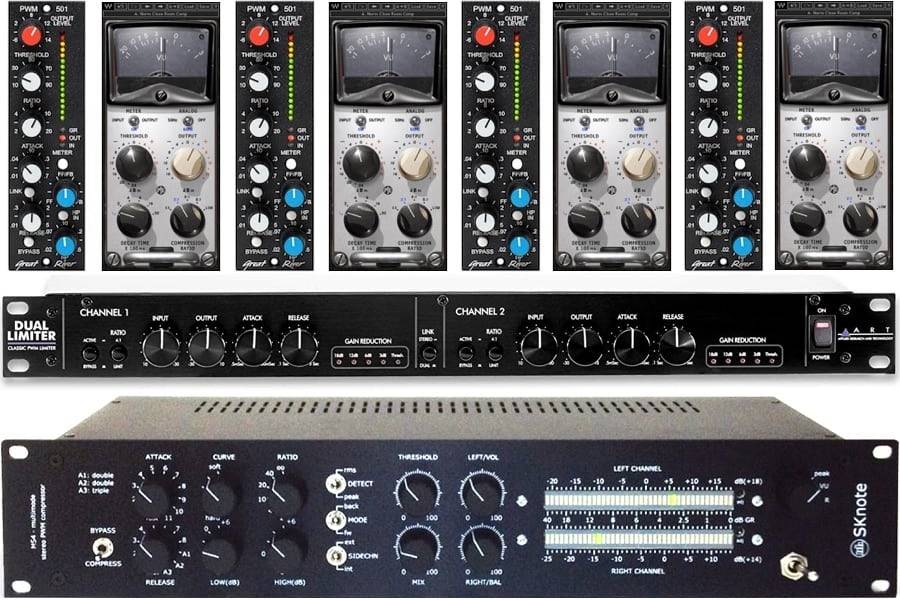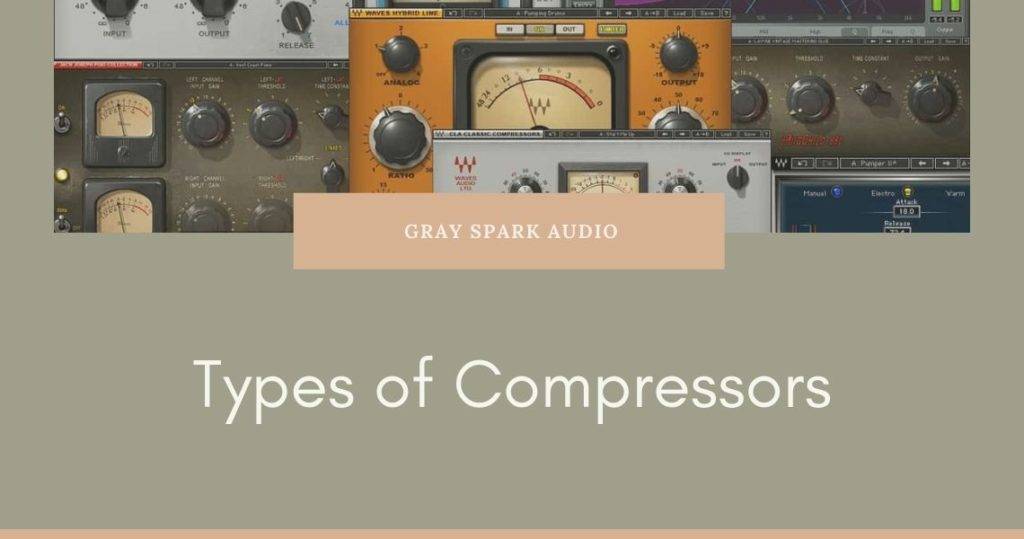
The 5 types of audio compressors are VCA (voltage controlled amplifier), FET (field effect transistor), optical, tube, and PWM (pulse width modulation).
Each of these compressors work on different principles thus each type of compressor has its own characteristic that it adds to the signal. So let’s get to know more about each of these compressors.
VCA - Voltage Controlled Amplifier
VCA stands for voltage controlled amplifier. These types of compressors use a control signal to determine whether gain reduction is applied to the signal. VCAs are one of the most common types of compressors and usually contain all the parameters you find on plugins—attack, release, threshold, ratio, knee, etc.
Engineers love VCA compressors for their precise control and predictable sound. They’re thought to be reliable, and the style of compression they offer is repeatable based on the precision of their parameters. VCA compressors are especially at home on groups of instruments/buses.
For example, the SSL G bus compressor is one of the most famous examples of VCA compression, perfect for adding semi-transparent ‘glue’ across an entire mix. Another popular hardware unit is the punchy API 2500 compressor, which many engineers love on drums or the mix bus.
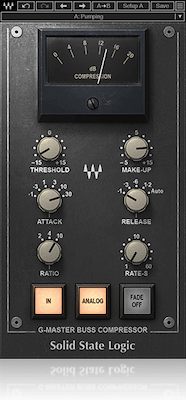
FET - field effect transistor
FET stands for field effect transistor. As their name suggests, FET compressors rely on transistors for gain reduction. These compressors are incredibly fast—attack and release times can be set to just about instantaneous. With that lightning speed they tend to introduce a bit of distortion and lovely color to the signal, especially when you’re pushing them aggressively. That means they’re not as great as a clean VCA compressor on a mix bus, but on individual instruments they’re stellar. FET compressors are fantastic on vocals, guitars, kick drum, snare, and more.
The most popular FET compressor of all time is the 1176 Limiting Amplifier, which was originally released in the late 1960s. It’s known for adding a very desirable character to any signal, which is often described as bright, present, and gritty when pushed. The famed “all buttons in” mode—literally pushing all the ratio buttons—practically turns the device into a saturation box (awesome for super aggressive parallel compression!).
The 1176 has spawned dozens of hardware imitations, and of course you’ll find emulations in the plugin domain as well.

Optical Compressors
Optical compressors, or ‘opto’ for short, use a light-dependent resistor and a light source to determine how compression/gain reduction is applied. The input signal literally turns on a light source inside the compressor that will shine brighter or dimmer depending on the input level. The light-sensitive resistor then causes the compressor to apply again reduction; when the light dims in response to the fading input signal, the amount of compression is reduced.Optical compressors usually sound ‘musical’ and ‘smooth.’ They’re not as fast and aggressive as FET compressors, nor are they as clean and punchy as VCAs. Optos have their own thing going on. A widely used vocal chain, for example, starts with a FET compressor to catch the sharpest transients, and ends with an opto compressor to ‘glue’ everything together.
The most famous example of an optical compressor is the Teletronix LA-2A. The only controls it has are a gain knob and a peak reduction knob. Attack and release times are not controllable because they’re program dependent. Hot input signals keep the light source illuminated, so the release time will be longer. The opposite is true for weaker input signals
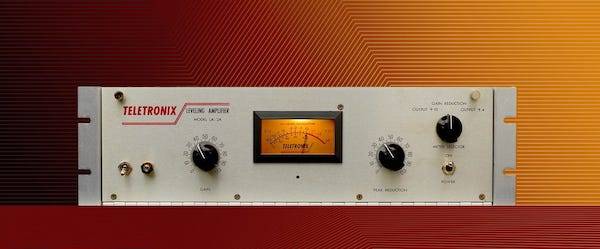
Tube Compressor
Next, we have tube compressors. These types of audio compressors make use of vacuum tubes for dynamic control. Some compressors, like the LA-2A, use tubes to add a bit of color to the signal, but not to apply gain reduction. Tube compressors use tubes to apply gain reduction!
These types of compressors tend to have a slower response to transients relative to other types of compressors, making them a good choice for instrument or mix buses. They won’t suck the life out of your mix because their slower attack times keep important transients intact.
The best known example of a hardware tube compressor is the legendary Fairchild 670.
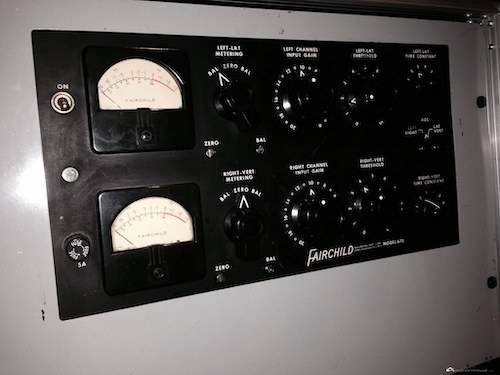
PWM Compressors
PWM stands for pulse width modulation. These types of audio compressors are the most overlooked, though they can be just as powerful as any of the others listed. PWM compressors use high-frequency pulse signals to trigger on/off values and thus control the average amplitude of a signal over time. It essentially splits the signal into discrete parts and then mutes certain sections.
Pulse width modulation uses an incredibly fast pulse rate well into the hundreds of thousands of cycles per second. This allows the compressor to control average level without introducing artifacts or an audible on/off stutter sort of effect. PWM compressors are known for being transparent and having lightning quick attack and release times.
The most iconic PWM is the legendary Pye compressor from the ’60s! Understanding VCA, FET, optical, tube, and PWM compression can help you make informed decisions on what to use where. They each have fundamentally different sonic characteristics based on the technology inside making them work.
Plugins emulate styles of compression as well as individual hardware units, so you can make use of all the types of audio compressors in your mixes!
